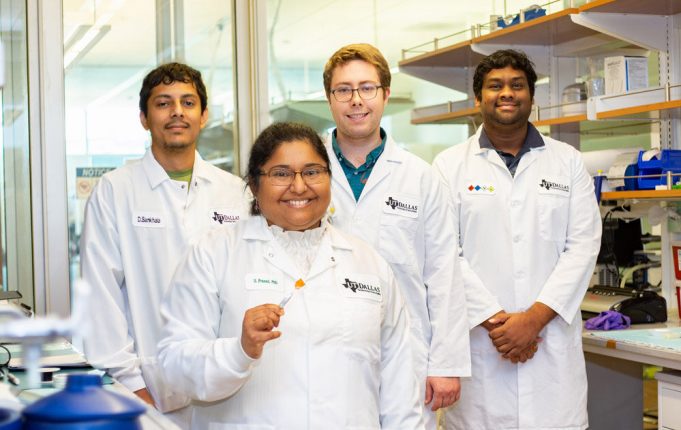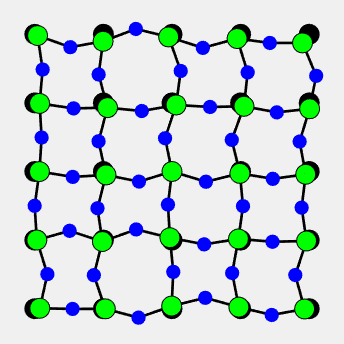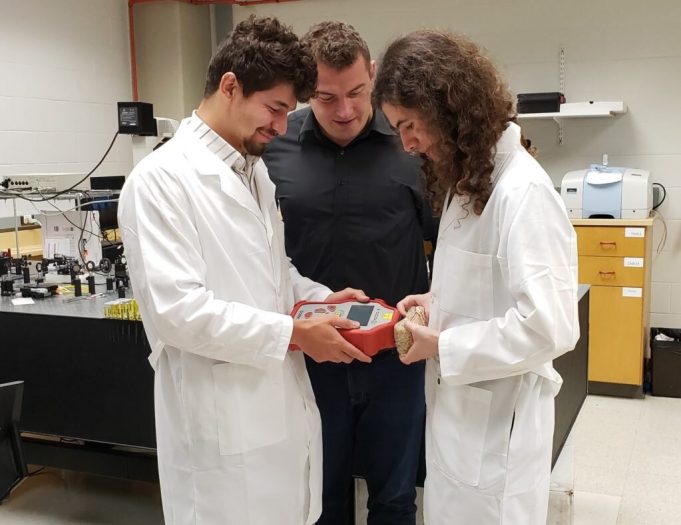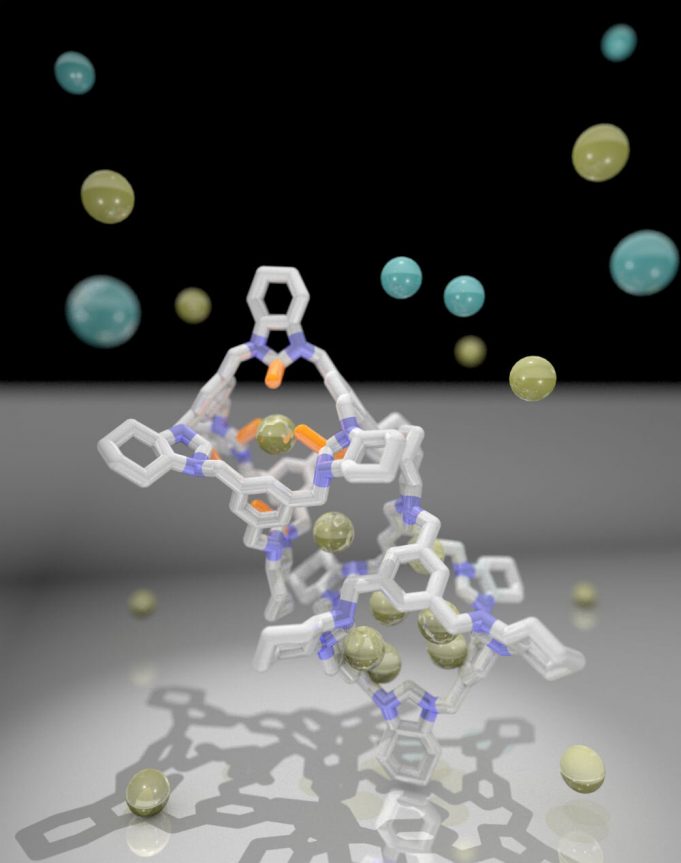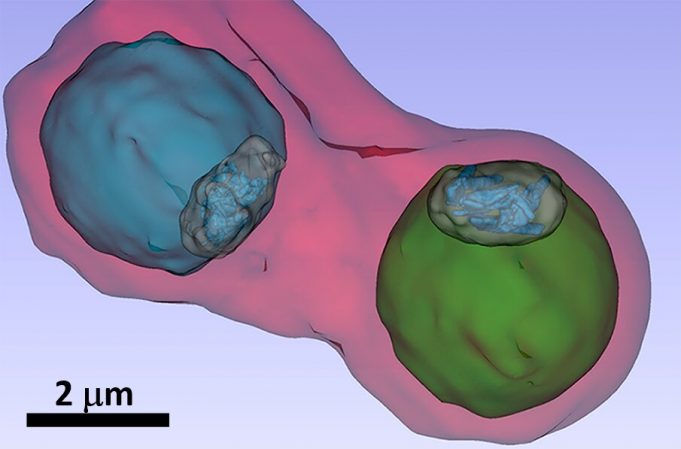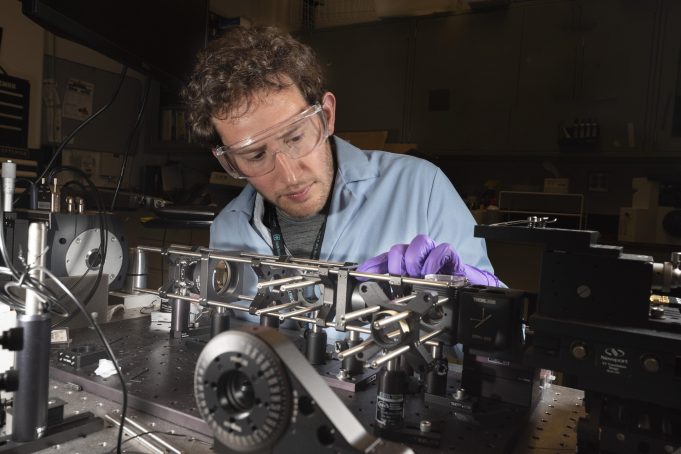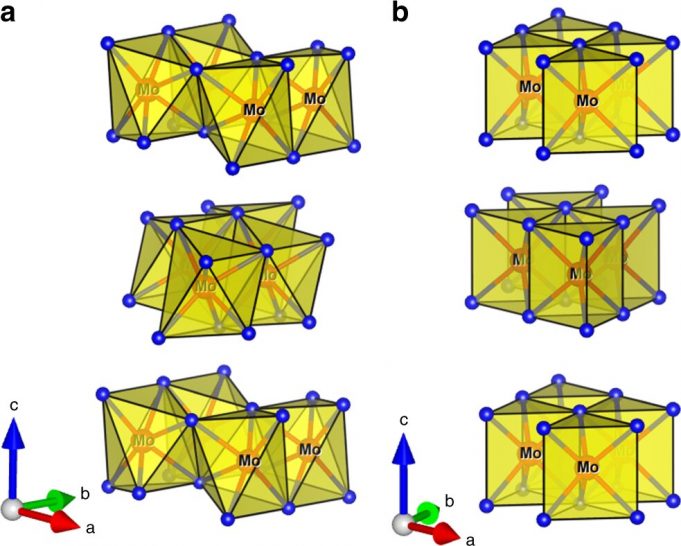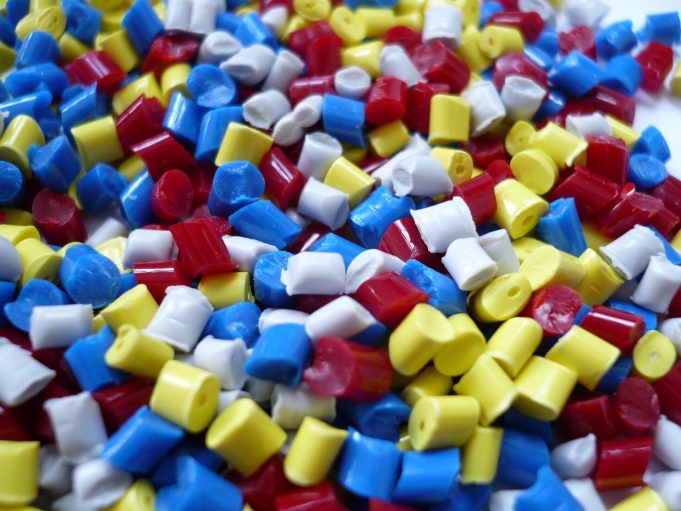Dr. Shalini Prasad (front), interim department head of bioengineering in the Erik Jonsson School of Engineering and Computer Science, holds the THC biosensor her team developed. In back, from left, are electrical engineering Ph.D. student Devangsingh Sankhala, research engineer...
Researchers at the University of Sussex have developed a glue which can unstick when placed in a magnetic field, meaning products otherwise destined for landfill, could now be dismantled and recycled at the end of their life.
Currently, items like...
A molecule of ammonia, NH3, typically exists as an umbrella shape, with three hydrogen atoms fanned out in a nonplanar arrangement around a central nitrogen atom. This umbrella structure is very stable and would normally be expected to require...
Scientists at the U.S. Department of Energy's Brookhaven National Laboratory have new experimental evidence and a predictive theory that solves a long-standing materials science mystery: why certain crystalline materials shrink when heated. Their work, just published in Science Advances, could...
The first quick, accurate, nondestructive and portable way to scan produce for nutrients has been demonstrated by a team of Texas A&M AgriLife Research scientists. The same scan can also identify diseases in living plants before visible symptoms appear.
The...
A new hybrid material developed by scientists at the University of Liverpool may bring the dream of carbon-free nuclear fusion power a step closer.
The separation of hydrogen's three isotopes (hydrogen, deuterium, and tritium) is of key importance for fusion power...
McGill University researchers have gained tantalizing new insights into the properties of perovskites, one of the world's most promising materials in the quest to produce a more efficient, robust and cheaper solar cell.
In a study published today in Nature Communications,...
Malaria is one of the most threatening infectious diseases in the world. An international team has now been able to investigate malaria pathogens in red blood cells in vivo using the BESSY II X-ray microscope and the ALBA and...
An advanced imaging technique reveals new structural details of S-DNA, ladder-like DNA that forms when the molecule experiences extreme tension. This work conducted at Sandia National Laboratories and Vrije University in the Netherlands provides the first experimental evidence that...
A new method of extracting hydrogen from water more efficiently could help underpin the capture of renewable energy in the form of sustainable fuel, scientists say.
In a new paper, published today in the journal Nature Communications, researchers from universities in...
MIT chemists have devised a way to synthesize polymers that can break down more readily in the body and in the environment.
A chemical reaction called ring-opening metathesis polymerization, or ROMP, is handy for building novel polymers for various uses...





